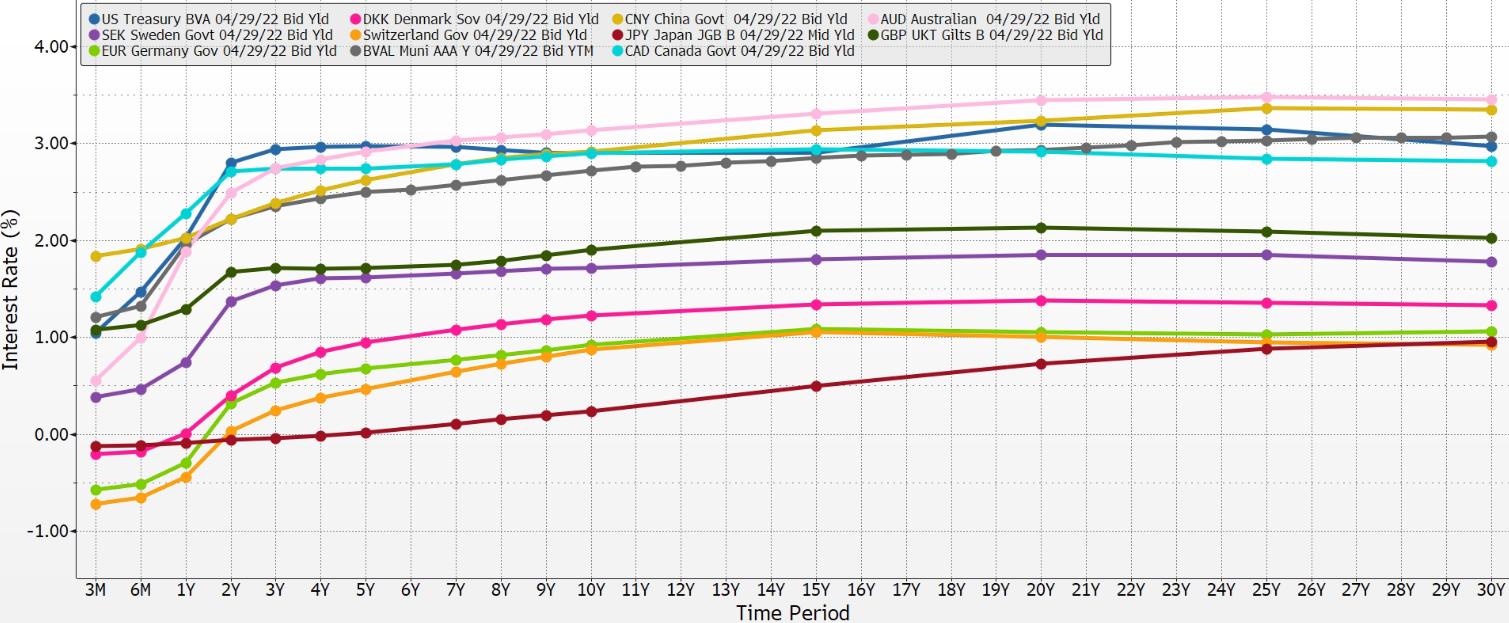Introduction The onset of zero interest rates and then negative interest rates exacerbated this notional derivative activity. It created situations where a commercial venture could be financed in a country that had a positive interest-rate term structure, while the ultimate source funding was a currency and country that had a zero interest-rate policy or even a negative interest rate policy. This is a very attractive condition for an entrepreneur. Borrow at zero, or even below zero, and apply the funds at a positive rate of return. Thus, the stimulus provided by a central bank in one country is transferred to another country by market agents in the other country and by the creativity of market forces. The use of the swaps has two characteristics. On the loan or investment side, market agents tend to seek matching maturities and parallel terms when it comes to time. Thus a market agent funding a five-year project using a five-year fund source and swaps likes to fix the spreads and therefore focuses the swaps on interest rates on the five-year term. Matching maturities is a time-tested risk-reduction technique. But for currencies used in the swaps, the calculations are different. Market agents know that the yield on the shortest-term maturity in a single currency is set by the central bank with jurisdiction over that currency. Therefore, the short-term interest rates in currencies are very predictable. So why use the long-term (such as the five-year example above) for the currency side of a cross-currency interest rate swap. Instead, why not “roll” the short-term currency swap portion? The outcome is more predictable, and the cost is lower. Buy yen and sell dollar. Or buy euro and sell Swiss franc. Use a maturity of three months or even one month. In both cases you can very reliably predict the short-term interest rates; therefore, the market-based prices of the differential of the swaps are used to derive a forecast of the change in the foreign exchange rate with the other currency. Roll the trade in 90-day or 30-day swap maturity tranches. Meanwhile, maintain the financing portion using the five-year term structure. So the cross-currency interest rate swap is really a two-step transaction. Loan and business maturity is matched with the financing need or plan. Currency exchanged is a continuous rolling transaction on a one-month or three-month timetable. The mismatch is between the time periods of the currency swaps and the time periods of the loan or project financing. One Sarasota Tower: 2 N. Tamiami Trail, Ste 303 Sarasota, FL 34236
|
T: 800.257.7013
|
F: 941.960.2047
3











